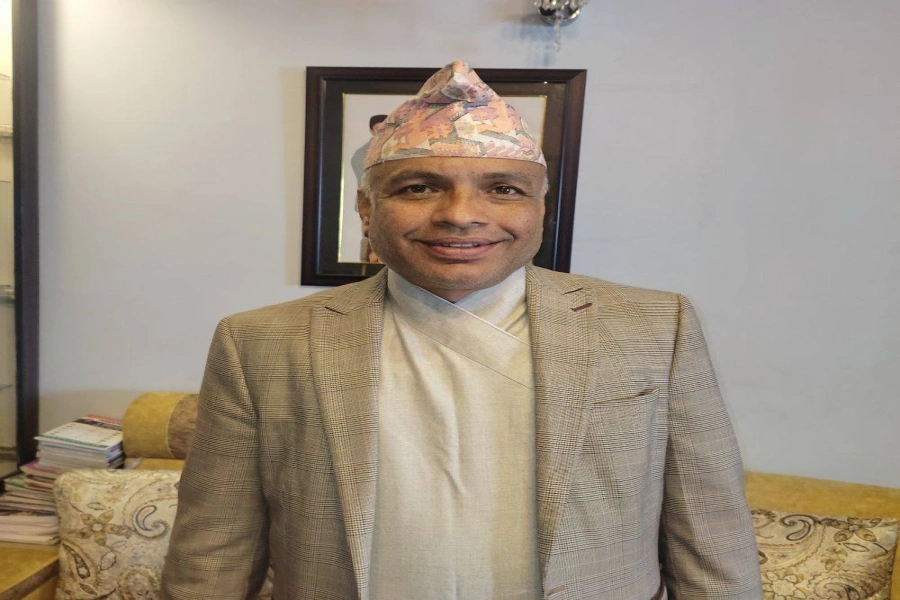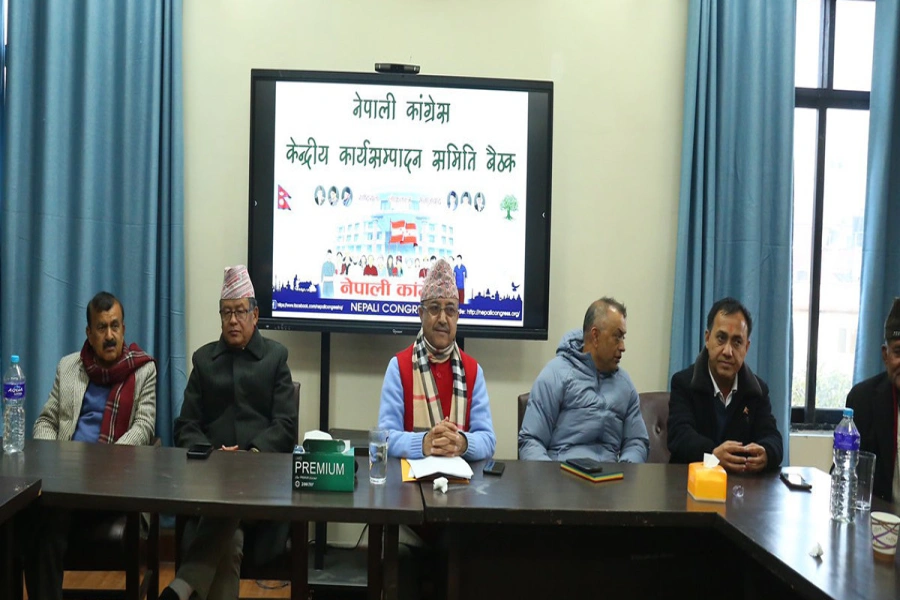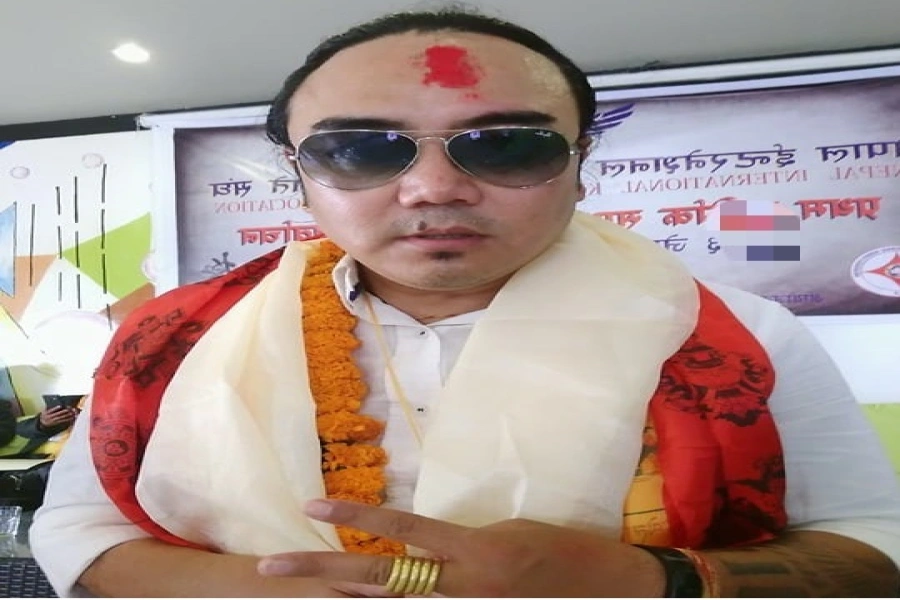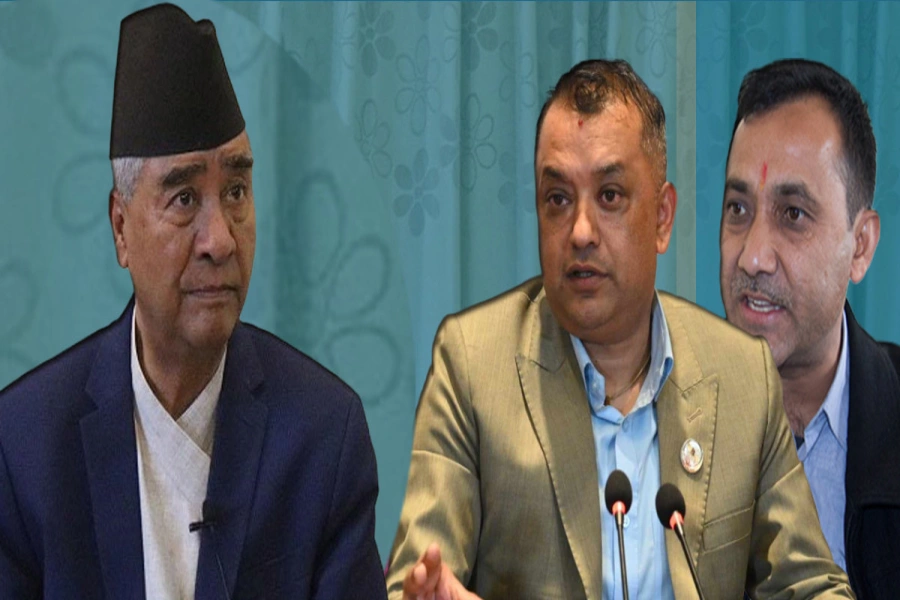Argentina’s crisis calls for a continuation of the fiscal, monetary, and exchange-rate measures outlined in the IMF program
WASHINGTON, DC – Imagine a man who has lived too extravagantly and eventually must go to the doctor for treatment of an acute disease, along with several other chronic conditions. The doctor prescribes a ten-day course of antibiotics, and advises his patient to start taking better care of himself. After three days of taking the pills and following the doctor’s orders, the man feels much better. But he finds the quiet life painful, so he forgets the medicine and his doctor’s advice and doubles down on debauchery.
For a while, his return to the high life feels great. But, before long, he is back at the doctor, in even worse shape than before. The cycle repeats itself: he takes his medicine for a full week this time, but eventually reverts to his old habits.
Argentina is that man, chronically overspending and over-regulating until it is forced to go to the International Monetary Fund for a new round of treatment. In 2001, the country suffered a major crisis, and had to borrow from abroad to meet government expenditures. With a current-account deficit over 5 percent of GDP and its currency pegged to the US dollar, its structural policies proved unsustainable. It needed IMF support just to cover its current expenses, and had no resources left for debt service.
Dr KC critical, NMA threatens stringent strike

Abandoning the dollar peg, Argentina adopted necessarily restrictive monetary and fiscal policies, and entered into an IMF loan program. But its debt restructuring was messy, and policies to address its underlying structural problems—lowering trade barriers, allowing public-utility prices to rise— were pursued halfheartedly or not at all.
After several years of relatively restrictive economic policies, growth picked up only slightly, and government spending and fiscal deficits began to increase once again. Consolidated public expenditures rose from a low of 22.9 percent of GDP in 2002 to 30.1percent of GDP in 2008, and to 42.2 percent in 2015. Until 2010, high commodity prices had enabled a boom, but the Peronist governments of Presidents Néstor Kirchner and his wife and successor, Cristina Fernández de Kirchner, had imposed price controls and prevented state agencies from reporting accurate inflation figures.
When the commodity boom ended, government expenditures and the fiscal deficit increased, and Argentina’s problems returned. Capital controls were again imposed to stem capital flight, and the peso’s exchange rate against the US dollar depreciated from 3.90 at the end of 2010 to 8.50 by the end of 2014. Utility prices were held at loss-making levels; structural problems abounded.
For an economy as distorted as Argentina’s, there is no medicine that can prevent a period of painful adjustment. When Argentina’s current president, Mauricio Macri, succeeded the Peronists in 2015, he inherited an absolute mess. While high and rising real interest rates were attracting capital inflows to finance the government and current-account deficits, inflation was high and the growth rate was low.
Macri had promised reforms, including removal of capital controls, a floating exchange rate, fiscal retrenchment, and more realistic utility prices. The first two reforms were carried out shortly after he took office, but other measures were delayed or slowed to maintain public support. As a result, the fiscal deficit actually increased during Macri’s first year, and the other reforms proved insufficient to stabilize the economy. Although the inflation rate had dropped, it soon began to rise again.
By early 2018, Argentina was in another crisis. While public expenditures had fallen slightly, to 40.4 percent of GDP, the consolidated fiscal deficit was 4.2 percent of GDP. Moreover, government dollar-denominated debt had risen by 80 percent, private capital inflows had turned into outflows, a drought had reduced output, the inflation rate had shot up to over 40 percent, and real GDP had fallen by 2.5 percent. In response to all this, the central bank abandoned its inflation-targeting framework, further weakening confidence in the government’s policies.
Before long, Argentina was forced to crawl back to the doctor. Owing to the reforms that had already been undertaken, in June 2018 the IMF approved a $50 billion loan program, the largest in the Fund’s history. Over the next year, it looked as though the IMF program and the Macri government’s policies might yet turn things around, reducing inflation and restarting growth. But then Macri suffered a symbolic defeat in the country’s primary elections last month, which strongly suggests that he will be ousted by Peronists in next month’s presidential election. All too predictably, capital outflows became a deluge, the peso depreciated sharply, inflation rose, and the government was forced to reinstate capital controls.
The problem, once again, is that the medicine was not strong enough. At the patient’s insistence, the measures were too mild to be effective, and more difficult structural reforms were delayed. Obviously, macroeconomic stabilization is essential. But the only possible way to prevent a deepening of the crisis before the October vote is for the candidates to commit to serious reforms after the election. That is what Luiz Inácio Lula da Silva did in Brazil’s 2002 presidential election, and it worked. He honored his reform commitment once in office, and Brazil not only avoided a crisis but experienced several years of strong growth.
Argentina’s crisis calls for a continuation of the fiscal, monetary, and exchange-rate measures outlined in the IMF program. Beyond that, the country needs structural reforms, especially a further reduction in the size of the government sector, starting with pensions. More gradualism will only prolong the pain and allow political opposition to mount. If the patient takes the medication but continues to party, he may enjoy a few years of stability, but inevitably will end up back in the doctor’s office. So, first things first: the presidential candidates must commit to serious reforms, or the doctor may decide to pull the plug.
Anne O. Krueger, a former World Bank chief economist and former first deputy managing director of the International Monetary Fund, is Senior Research Professor of International Economics at the School of Advanced International Studies, Johns Hopkins University, and Senior Fellow at the Center for International Development, Stanford University.
© 2019, Project Syndicate
www.project-syndicate.or



































